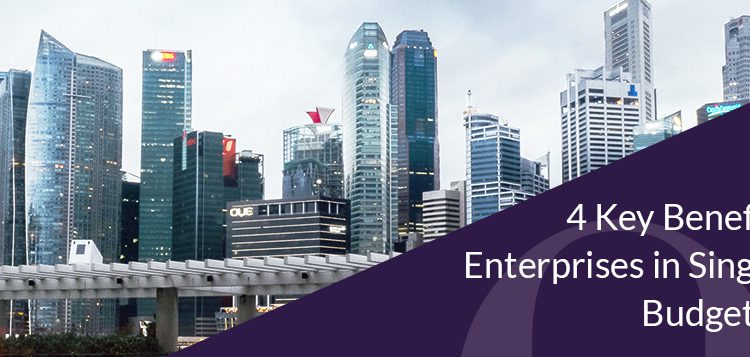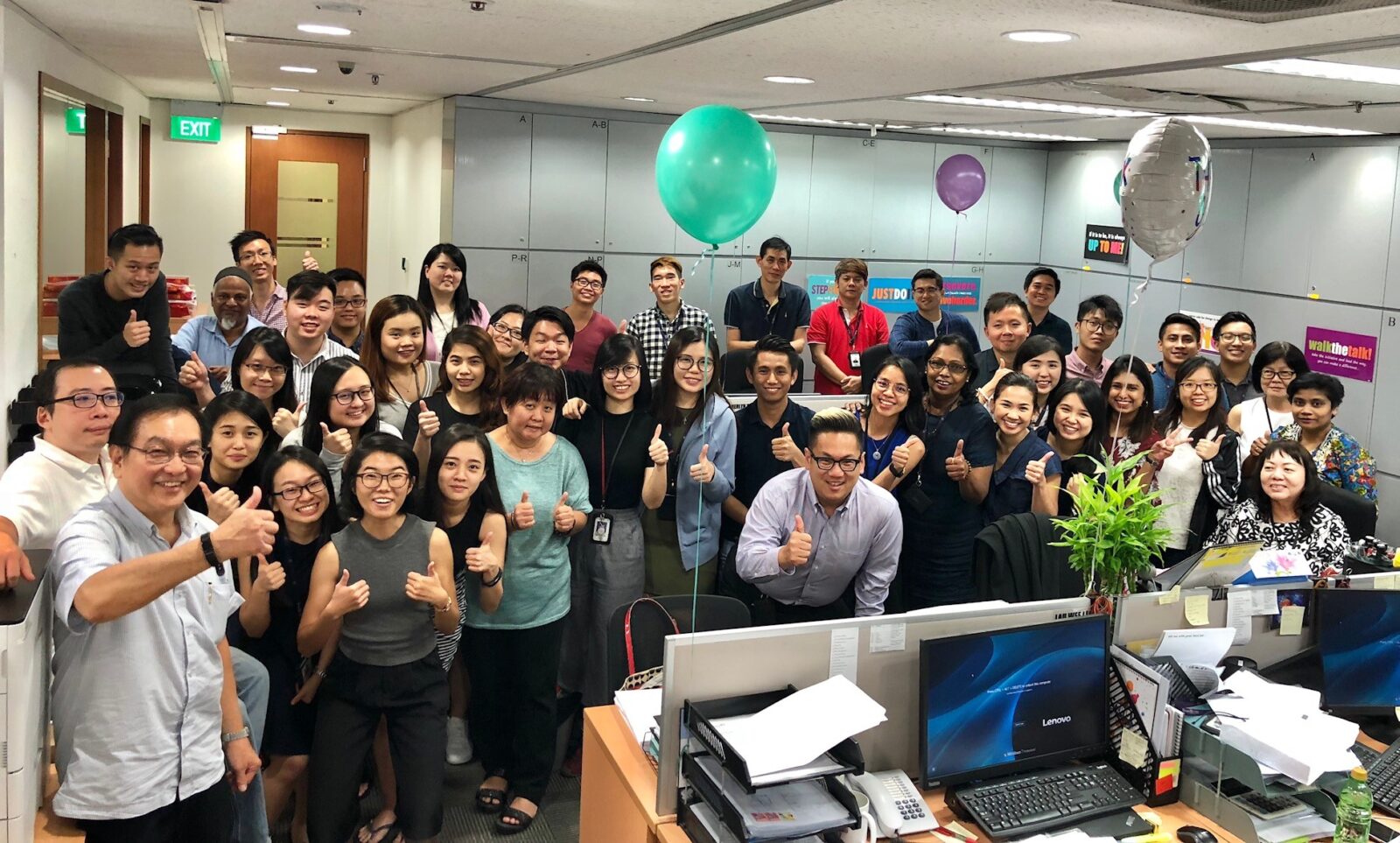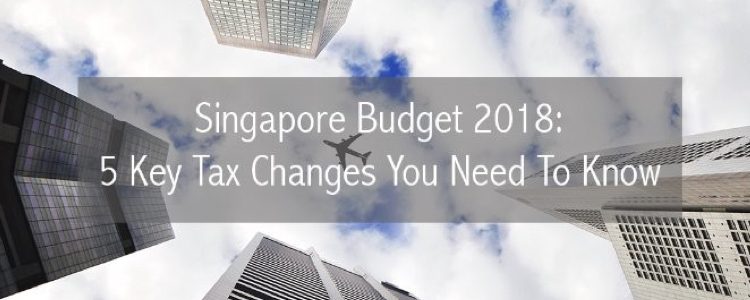In his Singapore Budget 2019 speech on 18 Feb 2019, Finance Minister, Mr Heng Swee Keat, spoke about building a “strong, united Singapore”. To advance economically, technological development and demographic shifts are key to drive enterprises forward. Find out more insights below on the 4 key benefits for enterprises announced in Singapore Budget 2019.
1. Funding and Financial Schemes
To support enterprises for cash flow and growth financing, the Government has enhanced the SME Working Capital Loan scheme (subsumed under the Enterprise Financing Scheme) to take in up to 70% of the credit risks on bank loans to companies less than five years old.
This will provide them with more time to develop innovative ideas. An additional $100 million has been set aside for the SME Co-Investment Fund III to help local SMEs gain access to private capital to grow and expand overseas.
2. Upgrading Operations & Training of Local Workers
With the reduction of foreign worker quota over the next 2 years, enterprises are encouraged to improve their business by upgrading their operations and train local workers while reducing their reliance on lower skilled foreign workers.
In order to help workers upgrade their capabilities, the Productivity Solutions Grant (PSG) has been enhanced to include out-of-pocket training expenses capped at $10,000 per firm.
3. Support for Enterprises
Under the SMEs Go Digital programme, industry digital plans will be catered across more sectors. Funding support will also include advanced Artificial Intelligence and cybersecurity solutions.
Under the Productivity Solutions Grant (PSG), local SMEs can adopt digital solutions, automation and capability development to improve their financial and operational efficiencies (e.g. engaging BoardRoom for advice on tax planning, corporate governance etc.)
4. Helping Enterprises Grow
The new Scale-up SG programme and Innovation Agents programme aims to support SMEs in creating customised solutions for product development or digitalising their processes.
Through these programmes, SMEs can work and be guided by experienced industry professionals with technology expertise to explore innovation opportunities to expand market growth.












 In the long-awaited outcome for SGX to reveal its plans for the Quarterly Reporting (QR) framework in Singapore, a Consultation Paper has been issued by the Exchange – worded in a way that seems to leave the decision-making in the hands of the investing public and corporate stakeholders. Some sectors may be comforted that the Consultation has taken into consideration certain options and alternatives which indicate a fine-tuning of the current QR framework, rather than an outright razing of the practice. Perhaps this is in response to the loud detractors of the QR since its inception.
In the long-awaited outcome for SGX to reveal its plans for the Quarterly Reporting (QR) framework in Singapore, a Consultation Paper has been issued by the Exchange – worded in a way that seems to leave the decision-making in the hands of the investing public and corporate stakeholders. Some sectors may be comforted that the Consultation has taken into consideration certain options and alternatives which indicate a fine-tuning of the current QR framework, rather than an outright razing of the practice. Perhaps this is in response to the loud detractors of the QR since its inception. Unless you’re an ice-cream seller, it is near-impossible to please everyone. And I don’t think that SGX is going to find much luck in respect of this Consultation Paper. Some listed companies which hoped to be spared from what they claim to be a burdensome QR regime, citing unnecessary costs of compliance and reporting, will probably continue to gripe about retaining this practice. SGX has also been under pressure with the opinion that the QR regime makes Singapore unattractive to new IPOs. But is this true? Some Singapore companies which have attempted a dual-listing in an Exchange not-far-north have gone through much tighter listing-regulatory regimes and there doesn’t seem to be a lack of other companies trying the same.
Unless you’re an ice-cream seller, it is near-impossible to please everyone. And I don’t think that SGX is going to find much luck in respect of this Consultation Paper. Some listed companies which hoped to be spared from what they claim to be a burdensome QR regime, citing unnecessary costs of compliance and reporting, will probably continue to gripe about retaining this practice. SGX has also been under pressure with the opinion that the QR regime makes Singapore unattractive to new IPOs. But is this true? Some Singapore companies which have attempted a dual-listing in an Exchange not-far-north have gone through much tighter listing-regulatory regimes and there doesn’t seem to be a lack of other companies trying the same.



